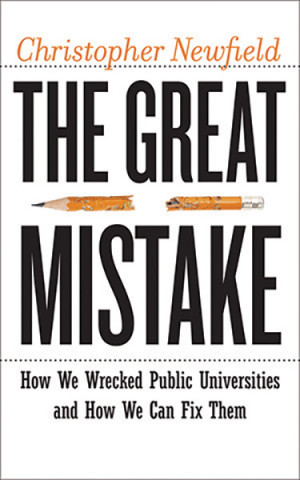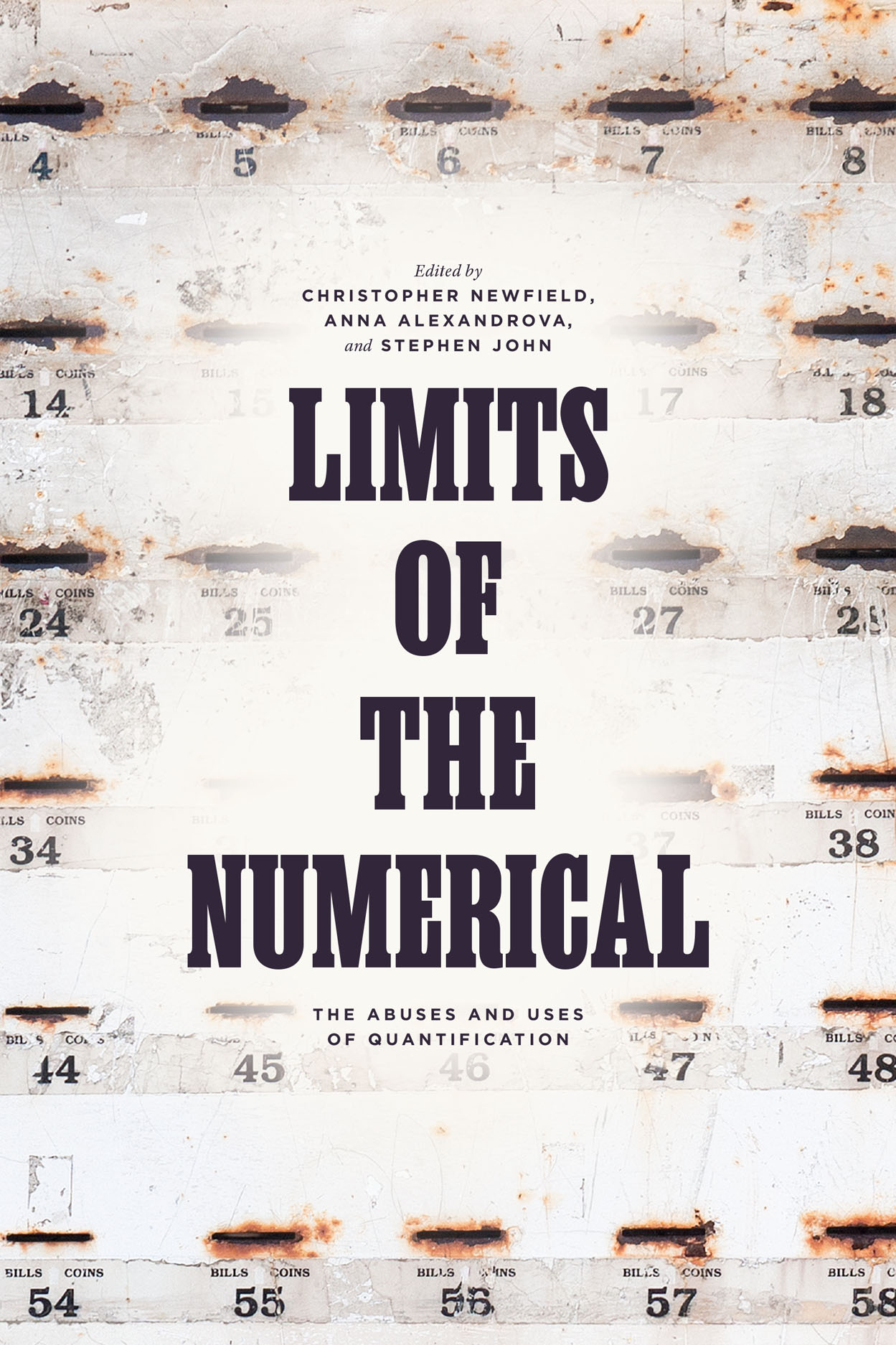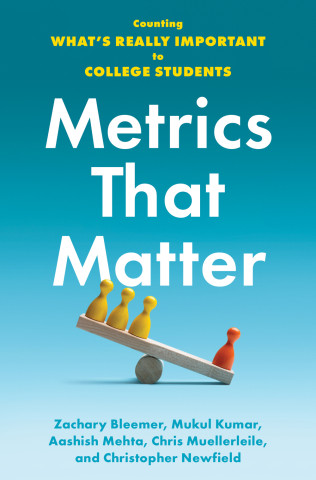 |
| Hyde Park, Chicago on June 25, 2017 |
Case in point: in July, UChicago’s Division of Arts and Humanities announced plans for a reorganization that would cut its number of departments in half, among other things. The announcement came “just three months after UChicago Arts and the Humanities Division rebranded as a consolidated division.” In mid-August, the Division’s dean, Deborah Nelson, announced a reduction of PhD admissions for some departments and a full “pause” in others. A week later, Nelson announced that the pause in PhD admissions would cover the entire Division, with a couple of exceptions.
Nelson used a boilerplate pressure phrase to not define the fiscal problem: “The status quo is not an option.” She make the faculty the cause of the expanded freeze: “Nearly all faculty leadership agreed that instead of admitting students to only a select number of departments, they preferred a broader pause for the division so we can spend time this coming year to collectively assess and better navigate the challenges we face.”
Some faculty do not agree.
“In the humanities, there is the view that the University doesn’t want to produce new knowledge,” said Andrew Ollett, a professor of South Asian languages and civilizations. Ollett declined to serve on a working group, instead mobilizing faculty to collectively raise concerns over the proposed changes.
If the division’s reorganization cuts Ph.D. and language programs, Ollet says, it would signal “the end of [his] department, which is by most considerations the best program for South Asian studies in North America.”
One big job of university administrations is to keep destructive forces from ricocheting into great bystander units in the academic core. That isn’t happening here.
U.S. universities have a lot of different problems right now, but the immediate context is that for the first time in postwar history, a Republican President, Donald Trump, started cutting knowledge creation at the top (NIH) and not the bottom (NEH). His people have decimated funding for Big Science, chopping at least $12 billion in NIH grants so far, proposing huge reductions for next year, and disrupting grant income in multiple ways at all federal funding agencies.
Courts have blocked the cuts about two dozen times, but when appeals reach the Supreme Court, they are re-enabled (like the $783 million in DEI-related cuts unfrozen on August 21st). The Trump Administration has created ten dimensions of fiscal risk for universities. If the cuts aren’t reversed through a combination of Congressional action and public opposition, they will force a fundamental restructuring of academic science. But the main restructuring news so far has been universities cutting the humanities—and related qualitative disciplines.
It’s a Trumpian bank shot. You cut science and then the universities themselves take out those little woke cultural fields.
But why is this happening? What, financially, do cuts to STEM funding literally have to do with doctoral programs in the humanities?
Were the link “shared sacrifice,” surely we’d be hearing about cuts in UChicago’s Divisions of Biological Sciences, Physical Sciences, Molecular Engineering, and Medicine?
Were it “let’s not waste this crisis and cut some weaker academics,” they wouldn’t start in Arts and Humanities. For better and worse, UChicago has been a national powerhouse in the humanities and social sciences for a hundred years, and still is. (For example, listen to Matt Seybold’s “The Chicago Fight and ‘Criticism, Ltd.’ and related episodes.)
Were it “let’s cut only secondary functions to protect the academic core,” they wouldn’t start by freezing doctoral programs. Doctoral programs are the cornerstone of basic research, and UChicago along with Johns Hopkins are the major U.S. universities formed around graduate rather than undergraduate education. UChicago has seemed to me, as an outsider, always to be a place where intensive thinking was sacred, where the first thing that matters was doing great basic research. Freezing doctoral admissions strikes at the academic core.
Were it “let’s cut where the money is,” they’d start the freezing and merging in the big science divisions.
Were it, “let’s dial back our outsized investment in the arts and humanities,” they would be confusing UChicago with some other wealthy university.
On this last issue of existing humanities support, here are two of our traditional figures, using data submitted by the universities themselves via the NSF’s Higher Education Research and Development (HERD) survey, mandatory for all recipients of federal research funds and last updated for FY2023.
Figure 1
This figure shows total R&D expenditures for selected “Ivy Plus” universities, all under attack from the Trump Administration (except the University of Chicago). Universities cover much of their research costs through their own “institutional funds.” UChicago reports spending less of its own money covering these costs than these comparable universities.
The next figure, based on HERD’s Table 58, takes the institutional funds category, removes science and engineering spending from that source, and then disaggregates non-S&E spending by discipline.
Figure 2
That year, UChicago spent a minute amount of its own money on research in the humanities: $698,000. This is much less than that spent by these peers.
The Division of Arts and Humanities has a fiscal problem, which is not too much investment but too little.
Even so, perhaps the Division is losing a lot of money overall. But this theory isn’t supported by the excellent work done by classics professor Clifford Ando that has appeared in the Chicago Maroon. (Ando has created an impressive collection of analyses that exemplifies the kind of independent inquiry into one’s academic working conditions that I wish were common.)
Figure 3. The budget of the Division of the Humanities in pie charts, FY2022.
UChicago’s annual revenues (excluding its medical center) are a bit over $3 billion a year. Its most recent operating deficit is $221 million. The Division of Arts and Humanities (FY2022) spends $114 million, which is 3.8% of the University overall expenditures. It is almost entirely self-supporting. In FY22 it made a small surplus of about $1.2 million, counting the receipt of University Transfers of about $8.4 million.
To the implicit claim that Arts and Humanities needs to stop the bleeding, one would say that there’s really no fiscal bleeding to stop.
The current freeze falls on doctoral programs. They cost about $53 million in FY2022. Could you save $30 million by suspending half of them? No, because Graduate Tuition brings in $46.4 million a year. The net cost of the division’s graduate programs is under $7 million a year.
Maybe the university wants to zero out the central administration’s $8.4 million subsidy? But that saves an amount too small to fix any financial problems.
You’re no doubt getting tired of this guesswork, but the dean seems to be turning the Division upside down without publicly specifying a fiscal problem that belongs to that Division.
My first point here is that there’s no visible rationale for any cuts to the Division of Arts and Humanities. If Nelson or another administrator has withheld data that show one, they should disclose it.
**
Here we get to a second issue, which is UChicago’s STEM ambitions and the costs of research. Ando has repeatedly documented a wider reorientation of University strategy that invests in normal Big Science and Big Tech and rather casually disinvests in the humanities. The Division has already lost half its graduates students over the past 20 years, while these STEM field cohorts have doubled. It’s not clear why that isn’t enough downsizing already in these low-cost fields, unless you assume that the goal isn’t simply to find money to plug the operating deficit but to redefine UChicago as a standard-issue research university focused on STEM prestige, commercial science, and the corporate-facing professional schools.
Going back a ways, administrators did seek a higher applicant rejection rate to boost rankings (see Chapter 2), increased the size of each incoming undergraduate cohort, upped the student-faculty ratio, grew the share of courses taught by non-tenure-track faculty, and ramped up capital investments that would directly serve the STEM reputation. Ando tells the strategy’s financial history in “University Leaders and Their Plans: A Pathology,” and has calculated the heavy impacts on UChicago’s debt load, which appear in his piece on financial pressure.
Figure 4 Debt Load as a Percentage of Net Financial Assets
The result is that UChicago must scramble for unrestricted revenues to apply to its high debt service, over 11% of total revenues (column AH row 5). Note that the University reports interest payments as half of that, 5% of expenses, but this figure must include the medical center, as is close to Ando’s figure when he includes the hospital revenues in his calculation (AH:4).
However, I don’t think this high debt is enough to force the current cutbacks. Other wealthy universities also have high debt service –Stanford is over 7% (AH:16), Princeton is at 10.5% (AH:14). Rich and famous universities do carry on under these conditions, in part for the bad reason that they can chisel away at what makes them special, and in part because bond raters accept this use of a big asset base coupled with very high tuition charges.
The real problem lies elsewhere: the broken funding model for STEM research at universities, which governments and universities won’t acknowledge, much less fix. In FY 2023, U.S. research universities spent almost $28 billion in their own funds to subsidize research. I estimate that on average 95-98% of that covers unfunded costs of extramural research, and extramural is also almost entirely STEM research. (See Stage 2 for the general calculation, or here or here or here; Johns Hopkins and Princeton in Figure 2 are outliers in the other direction).
Since these funding truths are stupidly controversial, I hasten to add as always that I make this point not to cut STEM research but to fund it properly with public money. That means “full costing” of sponsored research. There should be more STEM research, and universities need to have the money to claw back research now being locked up in the closed science structures of corporations like OpenAI. By staying silent, universities have made their shortfalls worse.
The enormous losses incurred by sponsored research puts a huge financial burden on the big science schools as they constantly compete with each other. They spend 25 cents on the dollar of research expenditures, though this share is lower for some top private universities, including UChicago (Table 22).
Meanwhile, In FY2023, UC San Francisco spent $505 million of its own funds to support research, UPenn spent $643 millon, UMichigan spent $679 million, UWisconsin-Madison spent $543 million, UNC-Chapel Hill spent $408 million, Yale spent $405 million, Harvard spent $489 million, UFlorida spent $389 million, Vanderbilt spent $358 million, and UChicago spent only $47 million.
Running a very similar model for research funding, UK universities are now going broke from it. As in the US average, they typically lose 25 pence on the pound. The sources of fiscal crisis of British universities are pretty damn obvious in this official slide from the UK government’s Office for Students, generated through Transparent Approach to Costing (TRAC) program.
Figure 5 TRAC full economic costs surplus/(deficit) by activity, 2023-24 (UK higher education institutions)
But as in the US, nothing is being done.
My conclusion from Figure 4 above is that it actually locates the cutoff for STEM affordability under our broken and deceitful funding model.
In the figure, Ando has lined up UChicago against the richest and most venerable research empires on the face of the earth. (The main exception is Notre Dame, and as impressive as that university often is, it is not playing the same STEM game as the others. Dartmouth is also a bit of an undergrad-oriented outlier, and Cal Tech, though a dominant STEM school, is small and has a smaller revenue denominator). The nine other universities are the only universities on the planet that can afford the current US research model. UChicago has turned out not to be one of them.
The best conclusion is that though UChicago has wanted to be at the top of the most prestigious STEM fields, which include “molecular engineering and astrophysics; . . . computer science . . . quantum computing and climate science” (Ando, “Pathology”), it can’t afford it out of pocket. It’s rich, but the US research funding model screws every university except the top 9-12 private universities that already dominated US research in 1925.
If wealthy and outstanding UChicago can’t afford the science funding model, then perhaps finally the model should be fixed.
You’d think. Instead, we have the Cuts Theater in the Arts and Humanities Diversion.
**
I have a third point, which emerges from asking why UChicago’s senior and middle managers are looking in the wrong direction for fiscal answers. Setting aside the usual suspects, like the humanities being every university’s 97-pound weakling, it may be that UChicago’s senior managers misunderstand indirect costs on extramural grants—every reader of this blog’s favorite subject!!
Check out this 2017 slide (Ando, “Race to the Bottom”):
Figure 6
The then-Provost says building a building to hire more faculty will mean more extramural grants and thus more indirect cost (IDC) recovery--true!--adding, “substantially offsetting the debt service.” False!
The statement treats IDC on a given grant as a net profit rather than a net loss. But IDC is a loss, since sponsors never pay the total costs of conducting the research, which are always greater than the IDC the grants bring in. This is demonstrated by the existence of every research university’s Institutional Funds payment for research, like the $46.7 million at UChicago in FY2023 at varying IDC recovery rates, from 64% on down.
This figure may smaller than those of the other Ivy Plus universities—I’m guessing—because UChicago has pushed some facilities costs from expenditures to borrowing. “The university sold $265 million of refunding bonds” last week. So the real total for its Institutional Funds spending on research may be much higher.
In any case, adding new computer scientists adds research losses to the budget. This is good, because it means new knowledge, but new university knowledge means new university costs. Sponsored research does not earn profits for the university. To the contrary, universities are required to subsidize the social production of knowledge.
The humanities are minimally unprofitable in a context in which all research must lose money. If a provost wanted to cut their losses they would transfer lines from computer science to East Asian Languages and Civilizations.
As Ando puts it,
Contrary to much vernacular opinion, faculty in humanistic fields and the interpretive social sciences are the only faculty in the arts and sciences who systematically pay for themselves: they do not need expensive buildings; they do not require substantial material infrastructure or expensive data sets for research; and the provision of instruction in their fields is cheap.
All this is true. Cutting the Arts and Humanities will save no money, increase fiscal inequity, and weaken the university without building a strategy for protection against Trump
I don’t want to end with the epistemic injustice generated by this long-time coverup of research losses. But it should always be in the record. Ando again describes this well:
The University has undertaken extraordinary quantities of leveraged spending in ways that benefit select units, while others, who have achieved high international ranking with little aid from capital spending, have instead suffered from a withdrawal of operational support in order to finance those endeavors. The present moment of reform brings that long trend to a crisis point.
There is real injustice in asking more from the already relatively unsupported Division—while inflicting unjustified damage on cultural and social knowledge.
I do want to end by inviting UChicago’s senior admin to lead multi-university action in common against the real problem here, which is a heavy science funding model now further toxified by the Trump cuts. If STEM funding drops by 1/3rd for 2-3 years, UChicago’s deficit of $220 million or so will double. This status quo is not sustainable.
Cuts won’t help you. Only fighting will.





%20by%20activity,%202023-24%20(UK%20higher%20education%20institutions).png)




0 comments:
Join the Conversation
Note: Firefox is occasionally incompatible with our comments section. We apologize for the inconvenience.